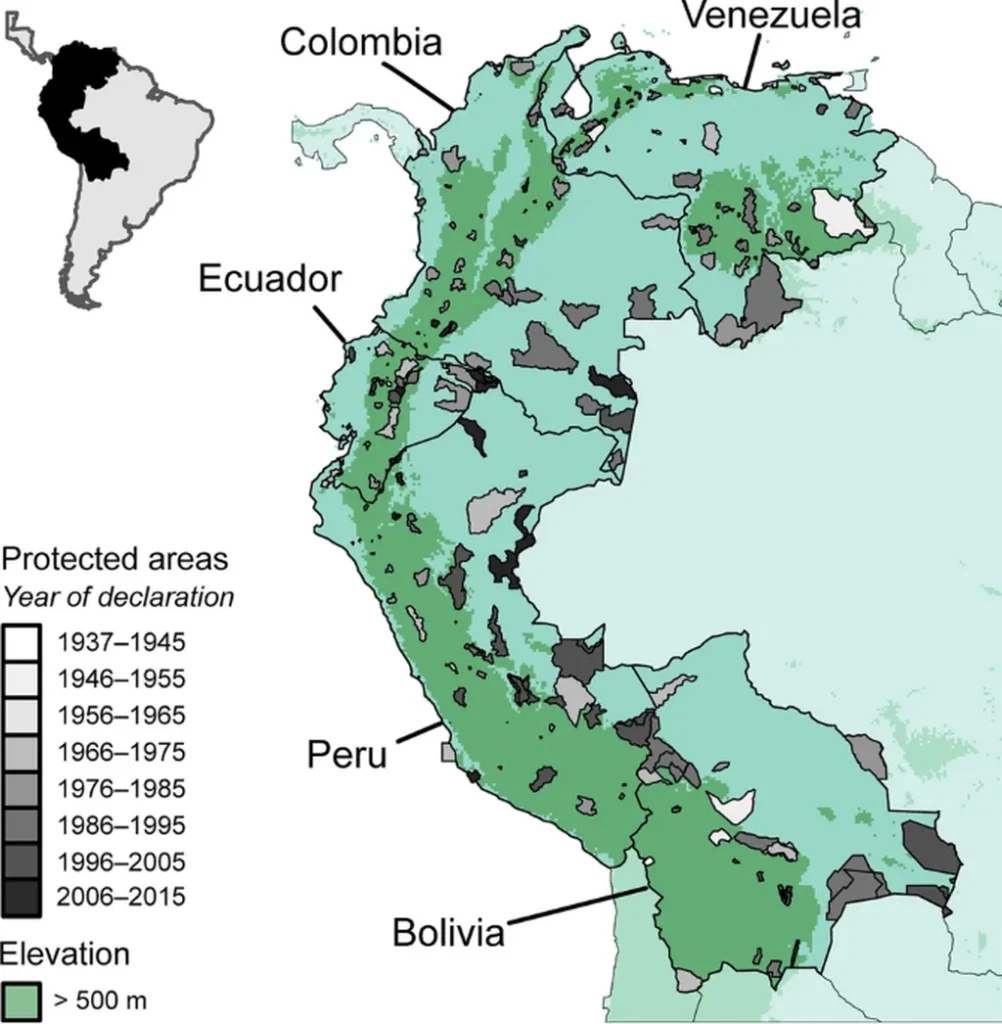In the heart of the Andes, a groundbreaking study is reshaping the way we think about sustainable agriculture and climate change mitigation. Luis Marcelo Albuja-Illescas, a researcher from the Agrobiodiversity and Food Security Research Group at the Universidad Técnica del Norte in Ecuador, has led a pioneering study that could influence the future of greenhouse farming in Imbabura Province. The research, published in the journal ‘Agronomy’ (translated from Spanish as ‘Agronomy’), offers a nuanced approach to balancing food security and environmental sustainability, with significant implications for the energy sector.
The study, titled “Multi-Criteria Analysis of a Potential Expansion of Protected Agriculture in Imbabura, Ecuador,” explores the potential for expanding greenhouse agriculture while adhering to strict sustainability criteria. Albuja-Illescas and his team compared two methods: the Analytical Hierarchy Process (AHP) integrated with Geographic Information Systems (GIS) and the Maximum Entropy (MaxEnt) model. This dual approach allows for a comprehensive evaluation, combining expert-driven and data-driven insights.
“Our goal was to provide a spatially explicit foundation for sustainable territorial planning,” Albuja-Illescas explained. “By integrating both subjective and data-driven approaches, we can support evidence-based policy-making in fragile Andean ecosystems.”
The GIS-AHP method, which relies on expert-defined weights, identified 20,761.64 hectares as highly suitable for greenhouse expansion. In contrast, the MaxEnt model, which utilizes the probabilistic distribution of presence-only data, identified only 5,618.15 hectares. This discrepancy highlights the differing influences of various factors: land cover/use, irrigation availability, and proximity to existing greenhouses were the most influential in the GIS-AHP model, while proximity to greenhouses was the dominant factor in the MaxEnt model.
The study’s findings are not just academically significant; they have real-world implications for the energy sector. As the demand for food continues to rise, so does the need for sustainable agricultural practices that minimize environmental impact. Greenhouse agriculture, with its controlled environment, offers a promising solution to address both food security and climate change mitigation.
“The integration of these methods provides a robust framework for decision-making,” Albuja-Illescas noted. “It allows us to consider multiple factors simultaneously, ensuring that our recommendations are both scientifically sound and practically feasible.”
The study’s innovative approach could shape future developments in the field, encouraging a more holistic and sustainable approach to agricultural expansion. By providing a clear, data-driven foundation for decision-making, it supports the development of policies that balance the need for food security with the imperative of environmental sustainability.
As the world grapples with the challenges of climate change and food security, studies like this one offer a beacon of hope. They demonstrate the power of interdisciplinary research and the importance of integrating multiple perspectives to address complex global issues. In the words of Albuja-Illescas, “This is not just about expanding agriculture; it’s about doing so in a way that respects and preserves our fragile ecosystems for future generations.”

